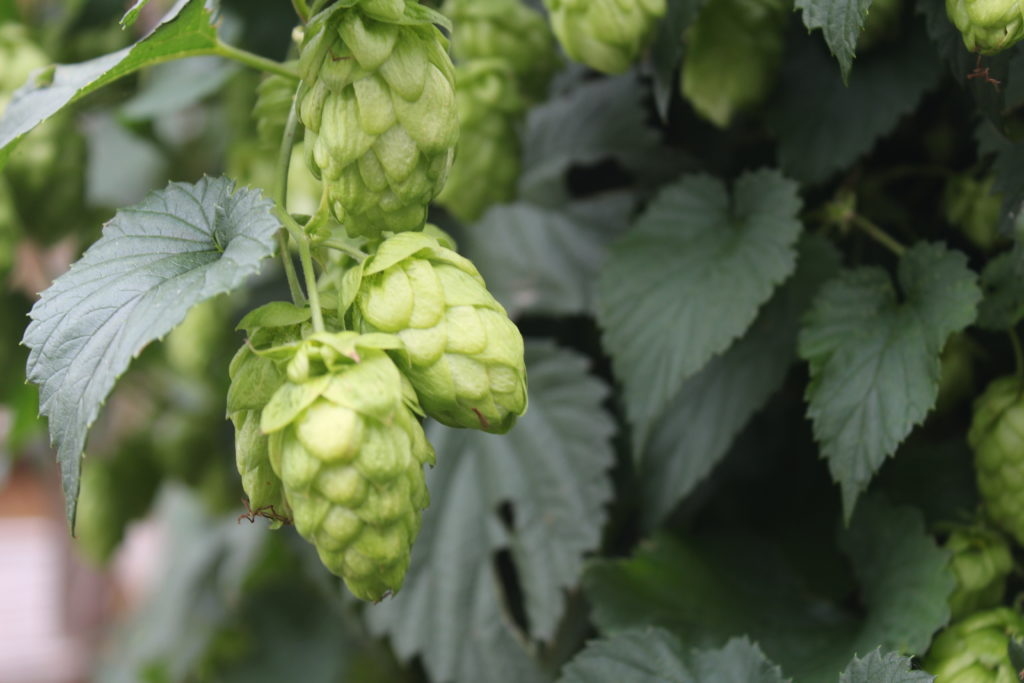Traditional dry hopping regimes most probably had the simple aim to add additional shelf life to the beer being made in 17th and 18th century England, where the technique seems to have evolved.
A plug of cone hops was added direct to cask and the bung resealed. Brewers noted that the beers stored well, and (perhaps as an initial aside) had additional pleasant, hop aroma. In turn the hoppier aromas differentiated the beers, and added great flavour, so the technique became adopted by many regional brewers, particularly for pale ales and IPA beer styles.
Dry hopping continued to be in vogue in the UK, prevailing in the Styrian Golding additions to Scottish and Newcastle’s range of the 1970s, amongst others, but fell away in the US after prohibition in the early 1930s.
It was essentially an additional process cost for industrialised beer production, and the end result of hoppy character wasn’t desired in the mass produced lagers and ales that came to dominate the beer marketplace.
However, with the craft beer explosion of the last decade, dry hopping has seen a major resurgence, with almost all breweries now offering dry hopped beers in their portfolio.
So what exactly is dry hopping?
Essentially it is the cold side extraction of hop cones or pellets or even hop plugs. At this stage in the brewing process, post fermentation, alcohol is present to solublise specific compounds, and the low temperatures ensure volatile compounds are present and not boiled off, as in late hop or kettle additions.
This dry hop step extracts the hop essential oils, adding additional hop aroma and flavour to the beer matrix.
The extraction conditions are variable from brewery to brewery, with no single method of dry hopping existing in the industry, although the general constant is a post fermentation addition of hop cones or pellets, addition at low temperature, steeping for 5-15 days.
Brewers may do multiple additions, and use several hop varieties, with some using hardware such as hop cannons and torpedos to reduce process steep times.
But the results, when carried out with the necessary care, are spectacular with many craft beers being created such as Brew Dogs Punk IPA, Adnams Jack Brand, Sierra Nevada Torpedo, and Stone Brewing Delicious IPA amongst many others.

